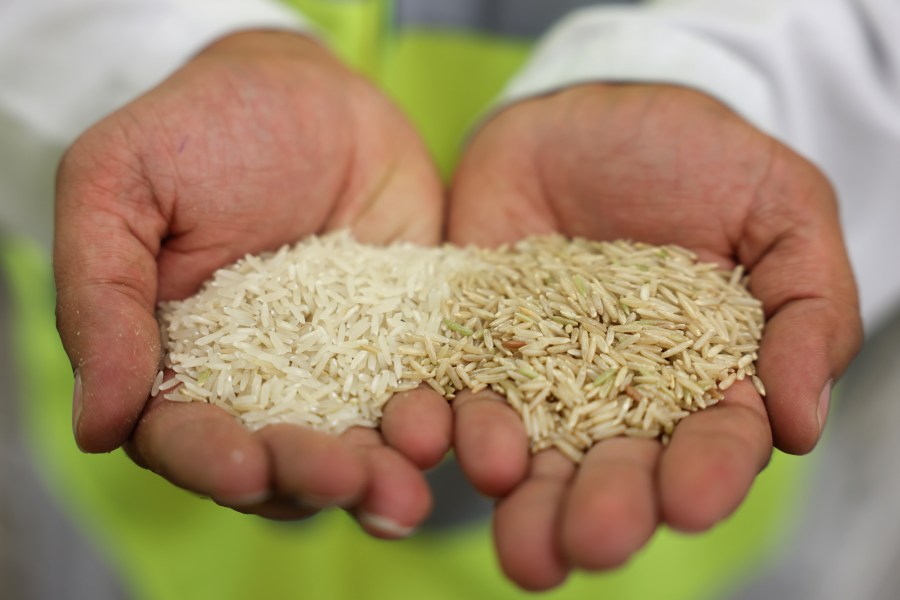(NewsNation) — Popular rice brands across the United States might contain highly toxic metals, one study has found.
A study conducted by Healthy Babies, Bright Future found that out of 145 rice samples nationwide, 100% of them contained arsenic. According to the organization, more than one in four exceeded the FDA’s action level for infant cereal.
How to keep your dogs safe during summer heat
“No such limit exists for rice itself — the bags and boxes of rice served at family meals — despite it being widely consumed by infants and toddlers,” the report stated. “Additionally, cadmium was found in all but one sample, with some showing elevated levels.”
This would mean that any parents who are making baby food at home that includes homemade rice cereal could risk exposing their children to unsafe levels of arsenic.
Study finds 4 toxic metals in rice products
Overall, the report found four toxic metals in these rice products: Arsenic, cadmium, lead and mercury.
HBBF reported that these chemicals can lead to cancer, IQ loss and other health effects. The World Health Organization has said that long-term exposure to arsenic that is in our food and water can cause skin lesions and cancer.
Breast cancer vaccine moving to critical phase
The reports found arsenic at the highest levels, with cadmium following behind. In a rice that was seasoned with saffron, tests allegedly showed lead levels that were way higher than in other samples. Brown rice that was grown in the Southeast or labeled as “grown in the USA” had the highest average levels of these toxic metals, according to the study.
White rice from Southeast showed higher levels of heavy metals: Study
The tests also found that white rice grown in the Southeast had, on average, a higher level of these heavy metals (particularly arsenic) than rice grown in California. Thai jasmine rice and Indian basmati rice overall contained lower levels of these heavy metals than other rice varieties.
Can you lower blood pressure with dark chocolate and tea?
However, basmati rice from India (and arborio rice from Italy) showed the highest average levels of cadmium, according to the test results.
HBBF’s study tested 10 different forms of grain and over 100 brands from stores in 20 metropolitan areas. Some of those areas included Seattle, New York, Miami and Los Angeles.

